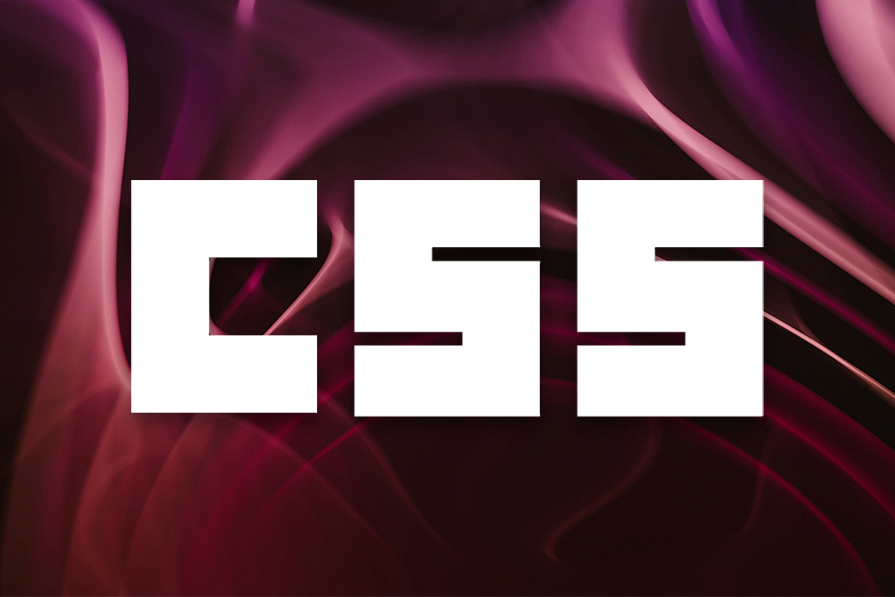Logrocket
3w
168

Image Credit: Logrocket
Using CSS breakpoints for fluid, future-proof layouts
- CSS breakpoints are crucial for creating responsive web layouts that adjust dynamically to different screen sizes based on viewport widths.
- Modern breakpoints focus on content-driven thresholds rather than fixed device widths, emphasizing fluid layouts and new CSS features like container queries for future-proof designs.
- Responsive design, introduced by Ethan Marcotte, uses fluid grids and media queries to adapt styles based on viewport characteristics, replacing the need for separate desktop and mobile versions of websites.
- Breakpoints are specific viewport widths at which a site's layout shifts, with common ones like 768px distinguishing tablet from desktop layouts.
- Modern CSS tools like Flexbox and Grid support responsiveness, while newer features like clamp() and container queries offer more dynamic control over layouts.
- Choosing breakpoints involves considering either device-based breakpoints or content-based breakpoints that adapt the design where content adjustment is needed.
- Popular CSS frameworks like Bootstrap and Tailwind have default breakpoints for different screen sizes, offering predefined classes for creating responsive layouts.
- Best practices for creating CSS breakpoints include starting with a mobile-first approach, avoiding awkward breakpoint ranges, and wisely using media and container queries.
- Testing responsive breakpoints can be done using browser tools like Chrome DevTools or cloud-based testing tools to ensure consistent design across devices.
- Emerging techniques like fluid design and tools like Utopia promote proportional and fluid scaling without the need for fixed breakpoints, enhancing adaptability and design consistency.
Read Full Article
10 Likes
For uninterrupted reading, download the app